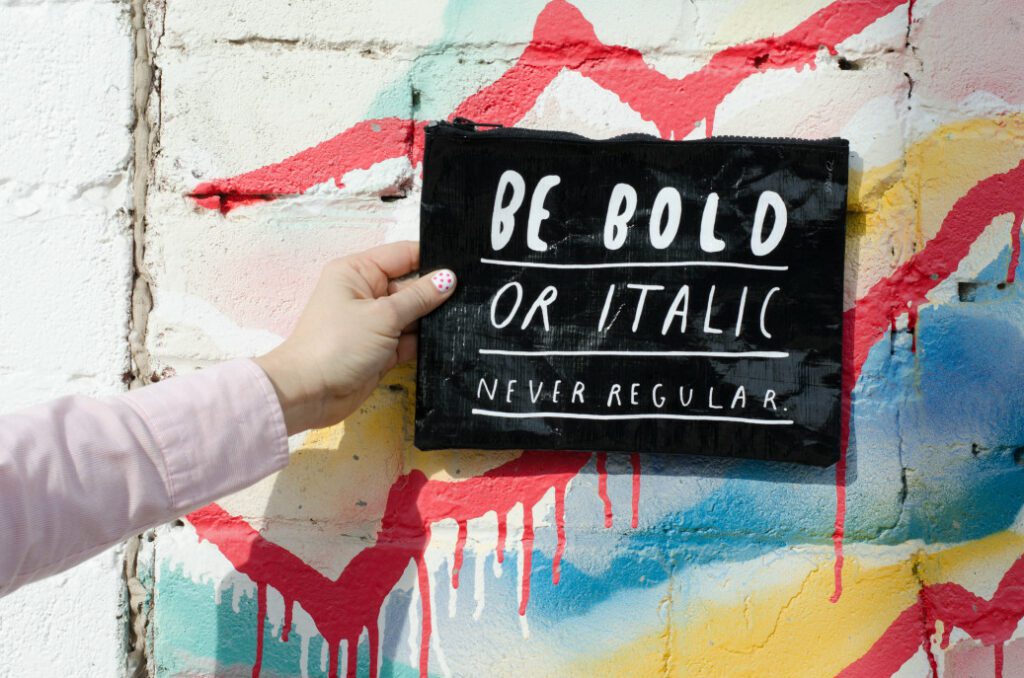There’s no time to waste.
Your brand is WHO you are not what you do.
Investment in brand and EVP brings positive benefits to all areas of HR and the wider business.
A good employer brand has significant benefits to the bottom line.
It can be argued that if companies and people each know the best fit for themselves, matching them together is easy. And, if companies and people continue to live up to their promise, they should always be happy together. Your employer brand is key to achieving this.
An effective employer brand should be the top priority of every competitive business in the world, because the people behind the brand are the only true competitive advantage left. But your employer brand isn’t words, logos and what you do: It’s who you are, how you make people feel and the experiences you create.
And the good news for your business is that a strong employer brand and employee value proposition brings nothing but benefits.

@hannahmcswain via Twenty20
Before we get into the process of creating an effective employer brand, let’s take a moment to look at the benefits of investing 100 days of time and resources.
So, as you can see, there’s plenty to gain.
Building an employer brand and employee value proposition creates a strong people connection. Your culture and values as a business are amplified by your people, and your brand story is always being told.

@SpecialBlendBrands via Twenty20
The 100 Days Framework is setup to examine your brand personality, people strategy and communications strategy, to get to the truth of what your employer brand really represents and means, taking you from aspiration to inspiration.
PHASE 1: Mission
During this phase, hold a mission meeting to truly understand and empathise with the project objectives & goals. Picture what success looks like and start with the end in mind in order to set out a clear roadmap that will always be working toward success and what that means to you.
PHASE 2: Research
Following the discovery of the scope of the project, conduct a series of workshops to create further commercial and persona understanding. Workshops allow you to truly understand your strengths as an employer, what personal motivators and demotivators there are for employees, how culture is experienced and perceived and how perceptions materialise, as well as an understanding of the skills and competencies of your business.
PHASE 3: Analysis
Bring all the research together in a report that demonstrates both positive and negative attributes as an employer. The analysis will assist in defining the personality of the organisation, and will go some way to revealing challenges and acknowledging issues.
PHASE 4: Strategy
The strategic development of the Employer Brand and EVP will materialise during phase 4. All materials, data & research in the previous phases will inform the outcome with a focused prioritisation of critical attributes to arrive at EB & EVP. Winning themes and pillars will be developed that are reflective of the true culture and aspiration of how you work. Finalising the project, produce an engagement plan detailing social attraction and advocacy strategy, highlighting preferred channels and creative messaging concepts across various platforms.
PHASE 5: Activation Planning
Develop a creative brief outlining the ‘DNA‘ of internal and external messaging. Create EVP toolkits to detail employer brand purpose, journey and how the central proposition resonates locally. Finally, this will distill down to create job posting templates comprised of refined tone of voice (both internal and external).
PHASE 6: Create
Refine down to two or three creative concepts that will resonate with your target personas and your existing team. Agree the creative outputs needed to make those concepts come to life internally and externally, such as guidelines for tone and content on and offline, a toolkit of assets for recruiters and agree your timetable for prototyping, testing and refinement.
PHASE 7: Launch
Activation Planning in phase 5 dictates what is launched, where and when – this could be purely internal launch, or external launch via a persona specific talent attraction campaign, or else as an “always on” EVP awareness campaign.
PHASE 8: Measure
It’s time to agree on a timeframe for strategic reviews and business updates, points of contact, KPI’s and all those measurements that will show your success.
So there we go, a whistle-stop guide to creating an employer brand in 100 days.
Get the Editor’s picks of the week delivered straight to your inbox!

Head of UNLEASH Labs
Abigail is dedicated to connecting HR buyers with the technology and tools they need to succeed.
"*" indicates required fields
"*" indicates required fields